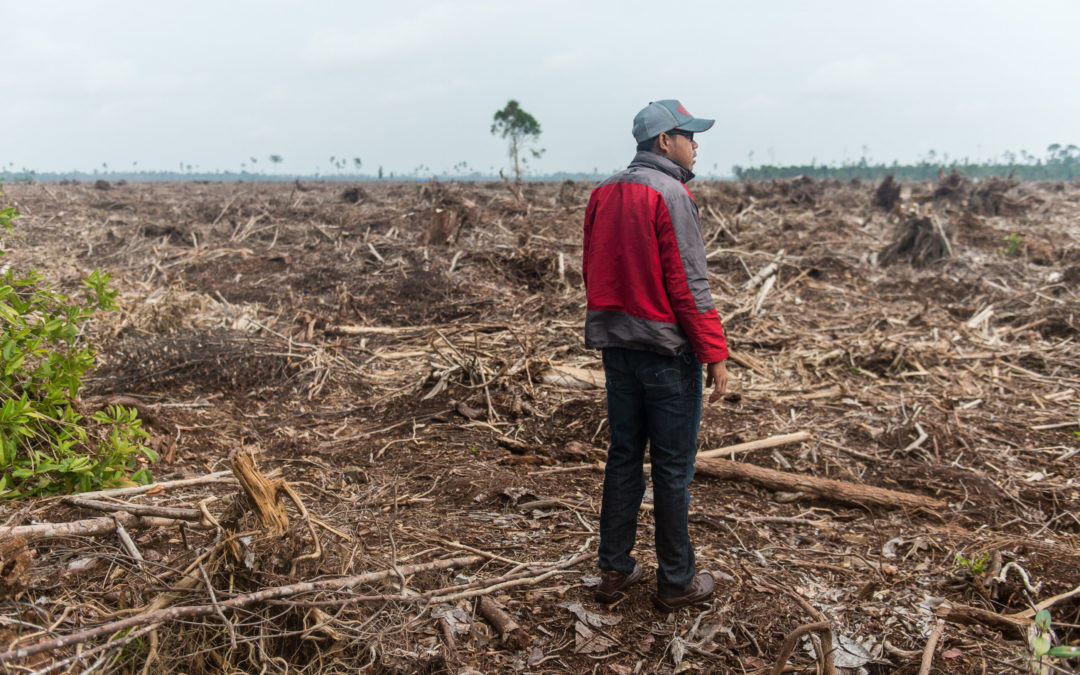SOURCE: Inside Climate News
DATE: May 19, 2021
SNIP: In the seven years since governments and corporations promised to stop deforestation, the clear cutting of critically important tropical forests has instead increased by more than 50 percent, a new report shows, with commercial agriculture driving most of the increase.
The report, released Tuesday by the conservation group Forest Trends, tracks deforestation, legal and illegal, in 23 countries with large areas of tropical forests, including Brazil, home to most of the Amazon rainforest. The research looks at the period, starting in 2014, when dozens of governments, organizations and companies signed onto the New York Declaration on Forests, a voluntary agreement to halve deforestation by 2020 and stop it altogether by 2030.
The researchers found that, since those commitments, an area nearly twice the size of California has been cleared of trees, mostly for commercial agriculture, which is the largest driver of deforestation and the biggest source of greenhouse gas emissions from land use.
“The scale of the increase in deforestation is really huge, and given all the commitments, is really disappointing and shocking,” said Cassie Dummett, one of the report’s lead authors. “Every year so much is being cleared, and when it’s for commodities, that means that the world’s consumers and governments are complicit.”
Two countries, Brazil and Indonesia, suffered most of the forest losses driven by agriculture, the report found. In Brazil, the world’s largest producer and exporter of beef, nearly 95 percent of the conversion of woodlands to agricultural fields was done illegally.
Most of that clearing was driven by a demand for exported commodities. In addition to beef, the biggest culprit throughout Latin America continues to be soy, largely for animal feed and destined for overseas markets, especially China, which has seen a surge in demand for meat. In Indonesia, the largest driver of deforestation continues to be palm oil, which finds its way into a wide array of commercial food and consumer products in markets around the world.

